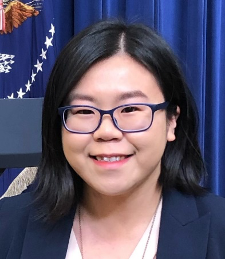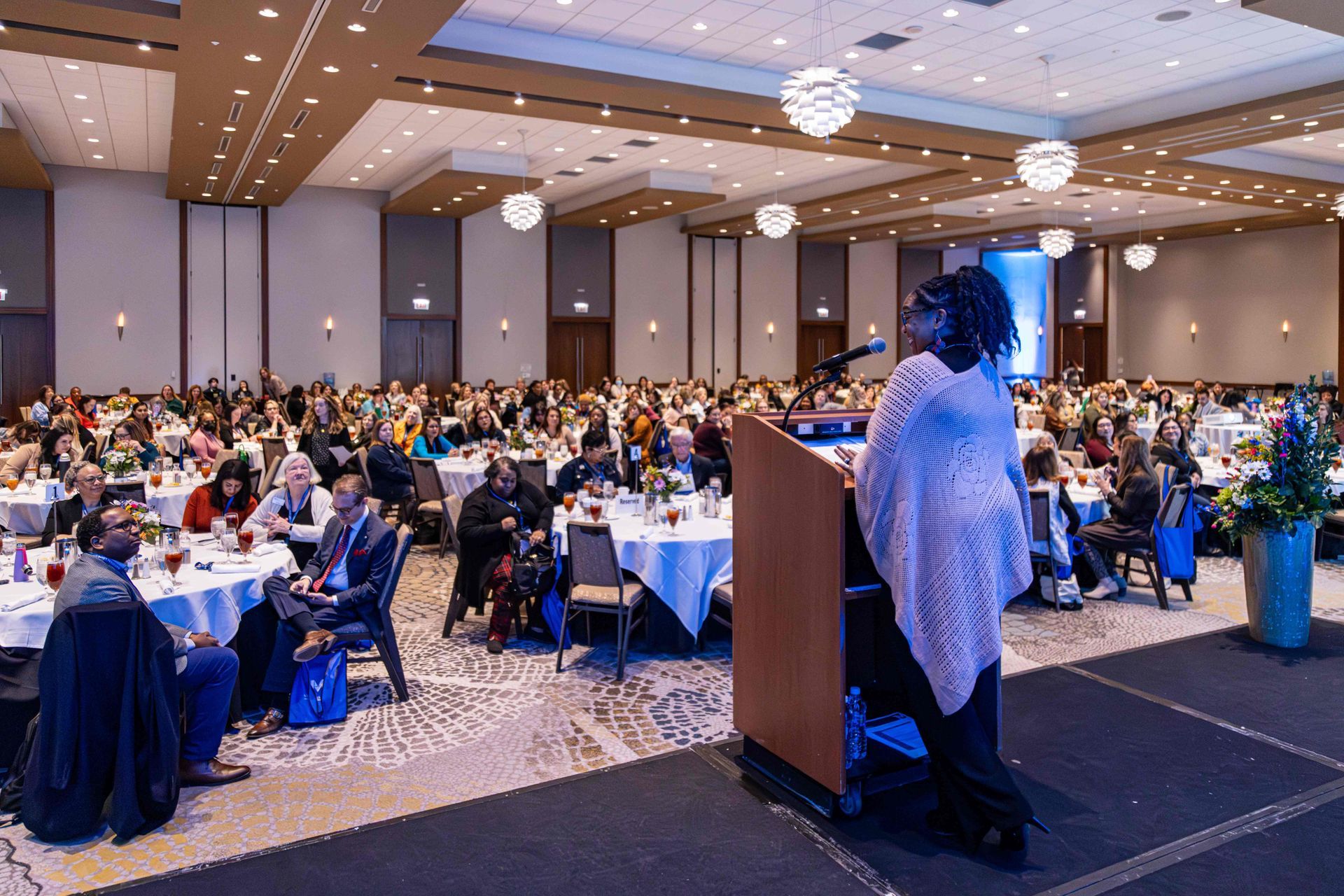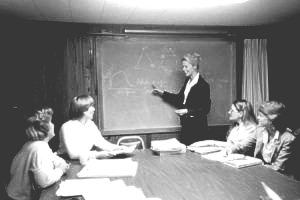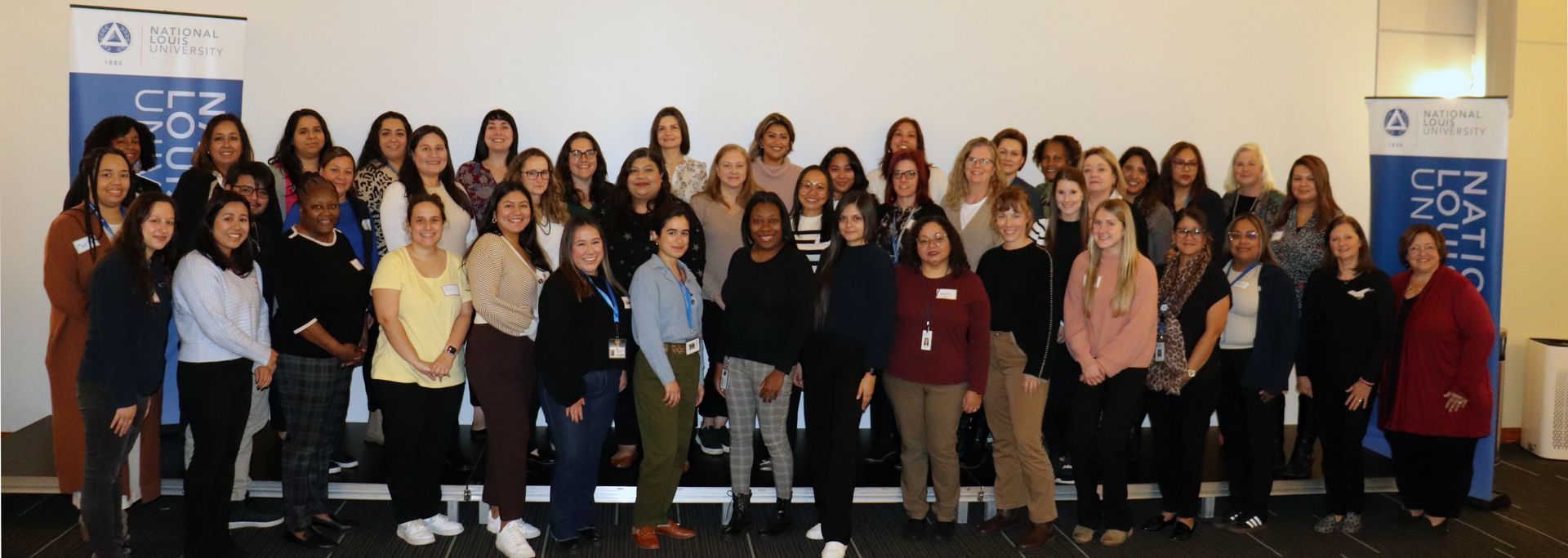BY Paula Jorde Bloom | August 29, 2014

Sim Loh is a family partnership coordinator at Children’s Village, a nationally-accredited Keystone 4 STARS early learning and school-age enrichment program in Philadelphia, Pennsylvania, serving about 350 children. She supports children and families, including non-English speaking families of immigrant status, by ensuring equitable access to education, health, employment, and legal information and resources on a day-to-day basis. She is a member of the Children First Racial Equity Early Childhood Education Provider Council, a community member representative of Philadelphia School District Multilingual Advisory Council, and a board member of Historic Philadelphia.
Sim explains, “I ensure families know their rights and educate them on ways to speak up for themselves and request for interpretation/translation services. I share families’ stories and experiences with legislators and decision-makers so that their needs are understood. Attending Leadership Connections will help me strengthen and grow my skills in all domains by interacting with and hearing from experienced leaders in different positions. With newly acquired skills, I seek to learn about the systems level while paying close attention to the accessibility and barriers of different systems and resources and their impacts on young children and their families.”
This document may be printed, photocopied, and disseminated freely with attribution. All content is the property of the McCormick Center for Early Childhood Leadership.
Today marks an important milestone in my life—my retirement from National Louis University (NLU). I came to NLU 30 years ago, lured from a faculty position at Mills College in Northern California with the exciting opportunity to develop and implement a new graduate program in Early Childhood Leadership and Advocacy. I had been a center director so I knew firsthand the challenges of administration and the need for leadership training in the field. No one else in the country was doing it.
I think of my work at NLU as a unique partnership. From my perspective, it has been the perfect fit for my entrepreneurial spirit and scholarly interests. Shortly after joining the faculty I received a small $600 grant from NAEYC to launch the Early Childhood Professional Development Project and conduct a reliability and validity study of a new organizational climate assessment, the Early Childhood Work Environment Survey (ECWES).
Fast forward 30 years. That small grant-funded project has morphed into the McCormick Center for Early Childhood Leadership, a vibrant and innovative organization with an expanded mission, an exciting array of initiatives to support the early childhood workforce, and a $5 million annual operating budget.
It’s been an exhilarating and professionally fulfilling ride. I look back with immense pride on the impact the McCormick Center has had in bolstering the confidence and competence of early childhood leaders across the country. And I am excited about the future of the McCormick Center. Sue Offutt and I have worked closely for four years to ensure a smooth, seamless transition. She has assembled an awesome leadership team and professional staff whose dedication and commitment to the field is unsurpassed.
Folks have asked me what I will miss the most in my retirement from NLU. Clearly the camaraderie, laughter, and playful spirit of my colleagues at the McCormick Center is at the top of my list. Today was a classic example of why. This morning I arrived to find some creative additions to my office—a goose sitting on my printer, Slinkys and assorted critters hanging from the ceiling, and a typewriter instead of my computer. Lots of laughter and warm hugs to send me on my way. Yes, I have been so blessed to have been part of such a great place to work.





